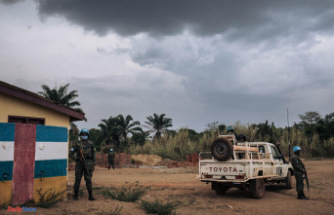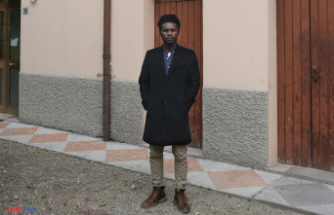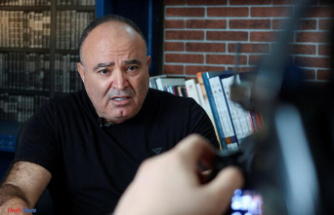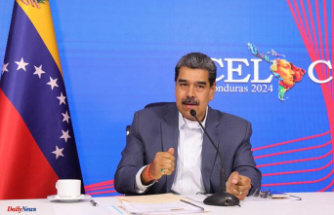The Bronze Age battlefield on the Tollense near Altentreptow is considered an archaeological find of the century. Thousands of human bones - many with battle injuries - have been discovered there. Now there is a push to make the event tangible on site.
Schwerin/Altentreptow (dpa/mv) - Mecklenburg-Western Pomerania has an archaeological site of international standing: the oldest known battlefield in Europe, more than 3000 years old. Finds from the banks of the Tollense near Altentreptow (Mecklenburgische Seenplatte district) were presented a few months ago - together with the Nebra sky disk - in the British Museum in London in the exhibition "The World of Stonehenge". The fact that there is no indication of the archaeological site in the Tollense Valley, let alone a tourist development, annoys the SPD member of parliament from the region, Thomas Krüger. But now there is an initiative in the state parliament. It is on the agenda for the parliamentary session on Wednesday.
The two government factions SPD and Left want the State Office for Culture and Monument Preservation to develop a concept for how the site of the "Battle in the Tollense Valley" can be developed for tourism. Parliamentarians are expecting the result in autumn 2023.
In their application, the coalition partners speak of three future locations where prehistory and early history in MV can be experienced: Groß Raden, Rostock and the Tollensetal. So far there is only the archaeological open-air museum with a Slavic rampart in Groß Raden (Ludwigslust-Parchim district). The Archaeological State Museum is to be built in Rostock. The SPD and the left are calling for an overall concept for all three locations.
Jeannine Rösler, leader of the left parliamentary group, also refers to the natural beauty of the Tollense valley, which is to be carefully developed into a tourist highlight in the country. She emphasized that a good network of cycling and hiking trails had to be established for this.
The idea of opening up the archaeological site for tourism met with a positive response from the opposition. The science policy spokeswoman for the CDU parliamentary group, Katy Hoffmeister, said: "There are good examples of how something like this works in other federal states, for example the architecturally very successful "Arche Nebra" at the site of the Nebra sky disk. I can imagine something like that very well in present Mecklenburg-Western Pomerania." At the same time, she made it clear: "But of course something like this costs money."
In their application to the state parliament, the coalition partners point out that the site is under threat. "The organic legacies of the battle have so far been protected by a bog body. This bog body is increasingly drying out due to the effects of climate change," it says. "The natural preservation of the artefacts is no longer given." A tourist development of the "Battle in the Tollense Valley" must take into account the protection and preservation of the sites.
Thousands of bones have been found at a former crossing of the Tollense. They could be assigned to more than 140 different individuals. Why the Bronze Age people clashed violently there is controversial. Some researchers believe that it was a battle between hostile groups. Others think a raid on a merchant caravan is more likely. So far, no written sources are known in which the incident would be mentioned.












